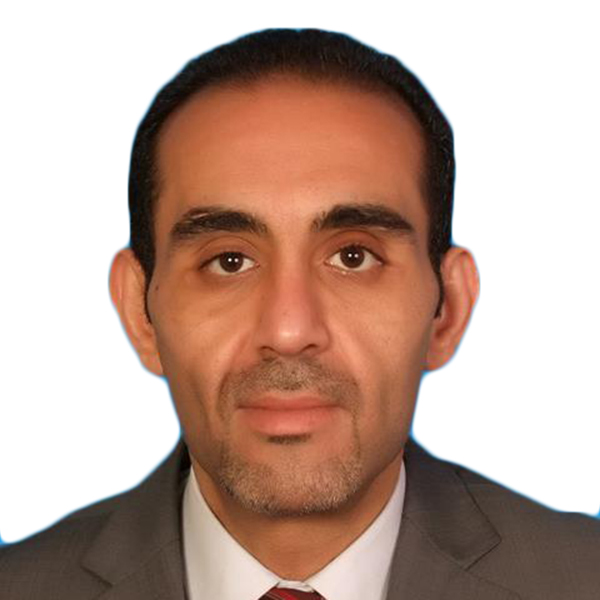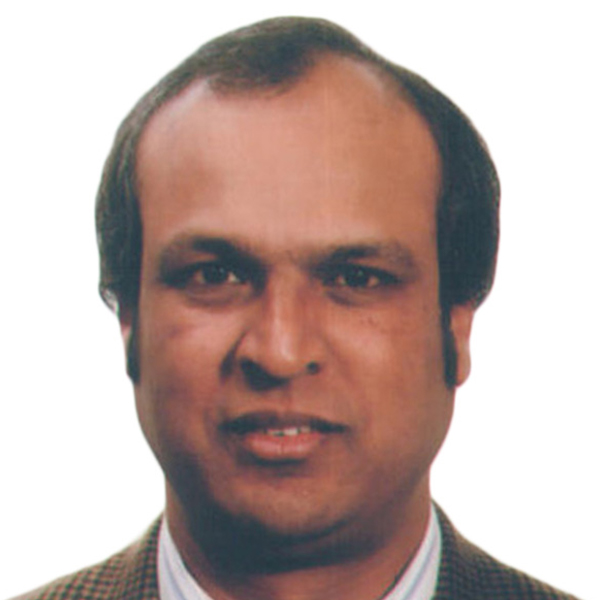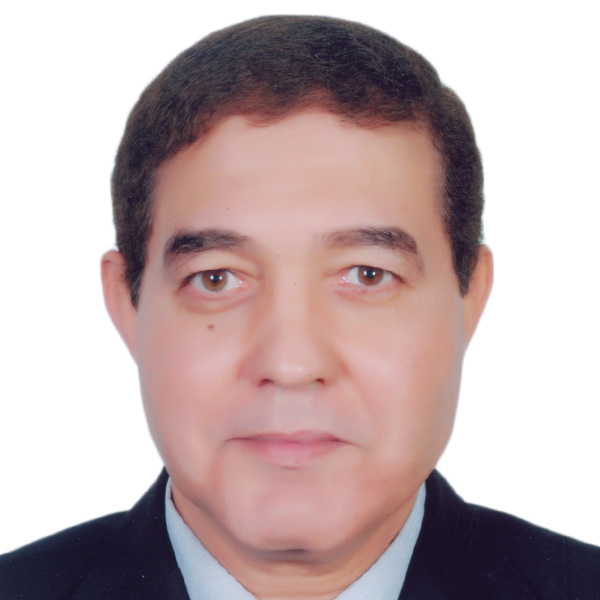Best Visa Options for US Ph.D. Holders and Students
America is a land of opportunity for immigrants and international students from around the world.
Over 900,000 international students from many countries around the globe choose to study at colleges, universities and other higher education institutions in the United States each year.
Thousands of these international students, including those who earn a Ph.D., are authorized to legally work in the USA each year with employment-based Green Cards or temporary U.S. work visas.
This guide provides the essential information about different options available to get a U.S. visa for Ph.D. holders and other international students or foreign degree recipients, which could enhance academic and career opportunities in the future.
Table of Contents
Employment-Based Visa for Ph.D. Holders and Students:
Employment-Based Visa for Ph.D. Holders and Students
The EB-1A Immigrant Visa and Green Card
- For individuals with extraordinary ability in the arts, athletics, business, education or sciences
- Extraordinary ability must be demonstrated by national or international recognition over time
- A key requirement is to move to the USA in order to continue working in your field of expertise
- Employment offer and labor certification are not required for EB-1A applicants
- EB-1A applicants can apply on their own by filing the Petition for Alien Worker (Form I-140) with USCIS
Examples of recognition could include:
- Receiving national or international awards or prizes for excellence
- Publishing scholarly articles in major trade or professional publications
- Being a member of an organization in your field that requires outstanding achievements
- Making significant contributions in the arts, athletics, business, education or sciences
- Playing a critical or leading role in top organizations of distinction
- Publications about you in key trade or professional publications or other top media
- Proof that you have been successful commercially in the performing arts
- Documenting that you were asked to judge the work of other people, either on a panel or individually
- Showing evidence that your work was put on display at artistic showcases or exhibitions
- Other approved evidence of extraordinary ability
The EB-1B Immigrant Visa and Green Card
- For top-rated researchers and professors with outstanding accomplishments in an academic field
- Outstanding accomplishments in a certain academic field must receive international recognition
- At least 3 years of experience in research or teaching in a specific academic discipline is required
- A key requirement is to move to the USA to seek a tenure track research or teaching position
- The EB-1B does require an offer of employment, but it does not require a labor certification
- The sponsoring employer in the U.S. must file the Petition for Alien Worker (Form I-140) with USCIS
- Employers for the EB-1B include institutions of higher education (e.g., universities) and private employers
- Private employers must provide evidence that they employ a minimum or 3 researchers full-time
Examples of evidence that an individual is an outstanding researcher or professor include:
- Receiving major awards or prizes for outstanding accomplishment
- Proof of original contributions to scholarly or scientific research in a certain field
- Membership in organizations that require outstanding achievements from members
- Writing scholarly articles or books published in scholarly journals in the field with worldwide circulation
- Participating on a panel or individually to judge the work of other people in the same or related field
- Material written by other people in professional publications about the applicant’s work in the field
The EB-1C Immigrant Visa and Green Card
- For particular multinational executives or managers
- The applicant needs to have been employed 1 year outside the U.S. in the 3 years prior to applying
- The EB-1C requires an offer of employment from a U.S. employer, but does not require labor certification
- The petitioning employer must have been conducting business as a legal entity in the U.S. for a minimum of 1 year
- The petitioning employer must have a qualifying relationship to the employer the applicant worked for outside the U.S.
- The petitioning employer must intend to employ the applicant in an executive or managerial capacity
- The sponsoring employer in the U.S. must file the Petition for Alien Worker (Form I-140) with USCIS
People who receive the U.S. EB-1 Visa and Permanent Resident Green Card can receive many benefits such as:
- Living in the USA in any of the 50 states for an unlimited period of time
- Working in the U.S. legally for an unlimited amount of time
- Traveling to and from the United States according to the regulations
- Sponsoring eligible family members for a U.S. Green Card
- Traveling to and from any of the 50 U.S. states
- Having the opportunity to buy a home and start a business in the USA
- Receiving Social Security benefits once the eligibility criteria are met
- Possessing equality and freedoms that are protected by law
- Getting a driving license in the state of residence
- Enjoying beautiful scenery and endless activities in the U.S.
- Applying for U.S. citizenship after living in the USA 5 years and meeting other criteria
H-1B Work Visa
- The H-1B is a temporary work visa for individuals with specialty occupations or for fashion models
- This ‘dual-intent’ U.S. visa is valid for up to 3 years and can be renewed for up to 3 more years
- Toward the end of the 6 years, there may be an option to apply for an Employment-Based Green Card
- The applicant must have theoretical and practical application of knowledge that is highly specialized
- The applicant must have at least a Bachelor’s Degree or the equivalent in the highly-specialized field
- Some specialized occupations require the applicant to get a license in the state where he or she will work
- An offer of employment in the specialized occupation from a U.S. employer is required
- A foreign fashion model needs to be a fashion model of distinguished ability and merit
- The U.S. employer needs to apply for a labor certification from the federal Department of Labor
- The U.S. employer must also file the Petition for Nonimmigrant Worker (Form I-129) with USCIS
- Family members can apply for the H-4 nonimmigrant visa to live in the USA with the foreign worker
O-1 Work Visa
- The O-1 is a temporary work visa for people with extraordinary achievement or ability
- The O-1A Work Visa is for those with extraordinary ability in athletics, business, education or science
- The O-1B Work Visa is for those with extraordinary achievement in the film & television industry or extraordinary achievement in the arts
- Extraordinary ability needs to be recognized nationally or internationally over time
- The applicant must desire to move to the USA for a limited time period to continue working in the field
- The employer must file the Petition for Nonimmigrant Worker (Form I-129) with USCIS
- The O-1 Work Visa is initially valid for up to 3 years and has an option to be renewed for up to one year each time
- Accompanying family members can apply for the O-3 nonimmigrant visa to live in the USA with the foreign worker.
Other Options for Ph.D. Holders and Students
J1 Visa
- The J-1 Exchange Visitor Visa is for individuals who will move to the U.S. on a temporary basis as part of an authorized exchange program to promote the interchange of skills and knowledge related to the arts, education and science through consulting, demonstrating special skills, instructing, lecturing, observing, obtaining graduate medical education, receiving training, researching, studying, or teaching.
- J-1 Exchange Visitors may include: au pairs, camp counselors, research assistants, professors, scholars, specialists, students, teachers, and trainees (among others).
- J-1 Exchange Visitor Visa holders may be able to work in the USA if their exchange program allows it.
- The J-1 Exchange Visitor Visa can be valid up to five years for individuals with specialized skills, researchers, professors and teachers.
- Accompanying family members of J-1 Exchange Visitor holders can apply for the J-2 Visa to live in the USA.
F1-OPT
- International students who hold a valid F-1 Student Visa may be able to have temporary employment in the United States for up to 12 months that is related directly to their field of study through the Optional Practical Training (OPT) program.
- F-1 students who are authorized for Pre-Completion OPT may work in the USA up to 20 hours per week, while those who are approved for Post-Completion OPT can work in the USA at least 20 hours per week.
- F-1 students who completed a degree in the United States in particular science, technology, engineering or mathematics (STEM) programs may be able to apply for an extension of Post-Completion OPT for 24 months.
What Is the Best U.S. Visa for Ph.D. Holders?
The best U.S. visa for Ph.D. holders will depend on the individual’s education, experience, skills, achievements, career goals and other factors.
Employment-Based (EB) Immigrant Visas (such as the EB-1A, EB-1B, EB-2A or EB-2B) may be the best U.S. visas for Ph.D. holders who want to live and work in the USA long-term as permanent residents.
For Ph.D. holders who want to live and work in the USA for a limited amount of time, the H-1B Work Visa or O-1 Work Visa might be preferred.
The H-1B Work Visa is a dual-intent visa, which can be issued for up to three years initially and renewed for up to three additional years (six years total); however, there is an option for eligible skilled foreign workers to apply for an Employment-Based Green Card toward the end of the six years if they want to adjust their status from temporary resident to permanent resident.
A foreign Ph.D. holder with little or no experience or major achievements can gain valuable experience in his or her field of study by working in the USA with the OPT program or as a J-1 Exchange Visitor Visa holder (check if the exchange program has an authorized employment component).
Conclusion – How Can USAFIS Help You?
Being accepted into a Ph.D. program and/or earning a Ph.D. is by itself an important accomplishment.
Having a Ph.D. can also open the door to opportunities in the United States, allowing individuals to live and work in the USA for a limited period of time or permanently as Green Card holders.
With several U.S. visas for Ph.D. holders to choose from, it can be challenging to figure out which option to apply for.
Since 2001, USAFIS has been helping individuals and families to pursue opportunities that are available to legally live in the USA.
USAFIS offers a U.S. Visa Assessment which can let you know which option is right for you.
Guidance is also available to gather the documents required for filing a U.S. visa application.
The first step is to find out which U.S. visa program you are eligible to apply for.
Frequently Asked Questions (FAQ’s)
What visa do Ph.D. students have in the USA?
In general, the F-1 Student Visa is the U.S. visa for Ph.D. students in the United States.
Can a Ph.D. holder immigrate to the USA?
There are several U.S. visas for Ph.D. holders to immigrate to the United States as permanent residents, such as the EB-1 and EB-2 Employment-Based Immigrant Visas and Green Cards. The H-1B is a temporary U.S. visa for Ph.D. holders or other skilled foreign workers and it has an option after six years to apply for permanent residence through an Employment-Based Green Card program.
How can I stay in the USA after PhD?
You might apply to work in the USA through a Post-Completion Optional Practical Training (OPT) program for up to 12 months (you could apply to extend the Post-Completion OPT 24 months if you earned a PhD in an eligible STEM field. The OPT program allows F-1 international students to get work experience in the U.S. that is related to their major field of study. Other options to stay in the USA after PhD could include applying for an Employment-Based (EB) Green Card (such as the EB-1 or EB-2); H-1B Work Visa; O-1 Work Visa; or perhaps a J-1 Exchange Visitor Visa through an approved exchange program that allows U.S. employment. Additional possibilities might be to marry an American citizen or U.S. permanent resident, as well as to participate in the annual Diversity Visa (Green Card) Lottery Program.
What is the average salary after PhD in the USA?
According to the U.S. Bureau of Labor Statistics (2022), the average salary after PhD in the USA is $99,290 USD per year, but this can vary depending on major field of study and other factors.
Can you live off a Ph.D. stipend in the USA?
It is quite possible to live off a Ph.D. stipend in the USA, however, this will depend on the amount of your stipend, the size of your family, whether low-cost housing is available and other factors. The amount of a Ph.D. stipend will vary based on the institution of higher education and the particular Ph.D. program, but could range from a low of about $12,000 USD per year to a high of around $58,000 USD annually (many Ph.D. stipends are in the $24,000-$40,000 USD range). Many Ph.D. students share the rent with roommates to lower housing costs, while others have a spouse or partner who earns an income.
Can a Ph.D. student work full-time in the USA?
There are different rules regarding employment in the United States for Ph.D. students who are American citizens or U.S. permanent residents versus international students with an F-1 Student Visa who are working on their Ph.D. In general, Ph.D. students who are U.S. citizens or permanent residents can work in the USA full-time, however, this may depend on the rules of a particular institution of higher education and/or the specific Ph.D. program. In regards to Ph.D. students with an F-1 Student Visa, they may work on campus up to 20 hours per week when classes are in session and full-time during summer break. International Ph.D. students may be able to work off-campus, such as through the Optional Practical Training (OPT) program, up to 20 hours per week while they are completing their program or 20+ hours per week with the Post-Completion OPT.
How much is a Ph.D. stipend in the USA?
The amount of a Ph.D. stipend in the USA will vary depending on the institution of higher education and the specific Ph.D. program. In general, a Ph.D. stipend in the USA could be a low as around $12,000 USD per year or as high as about $58,000 USD annually. Many Ph.D. stipends in the USA are somewhere between $24,000 USD and $40,000 USD per year.
What Our Clients Say






